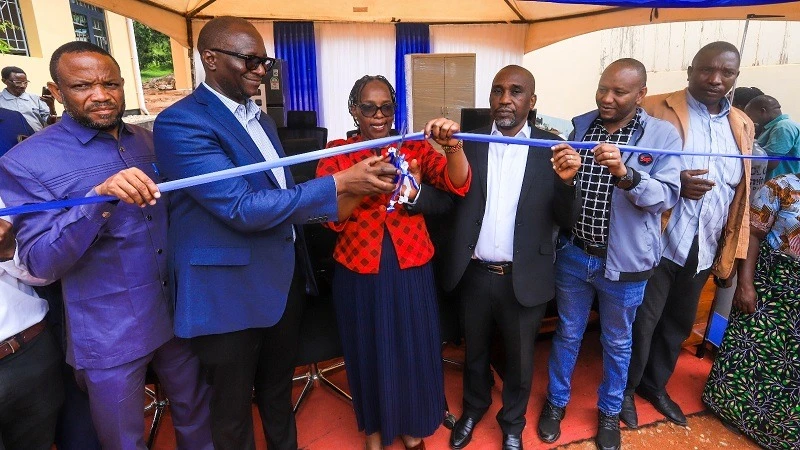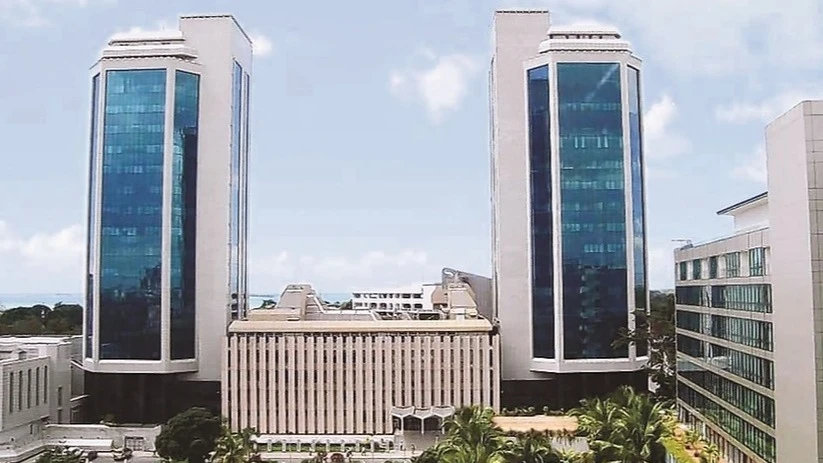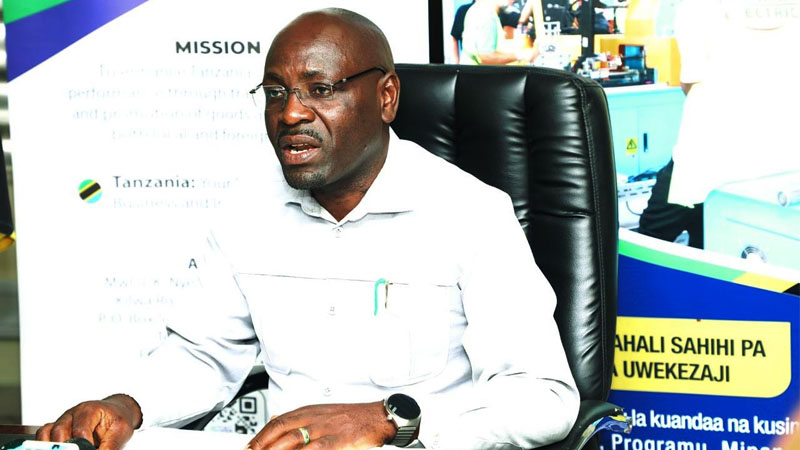New system to offer farmers correct info about agriculture
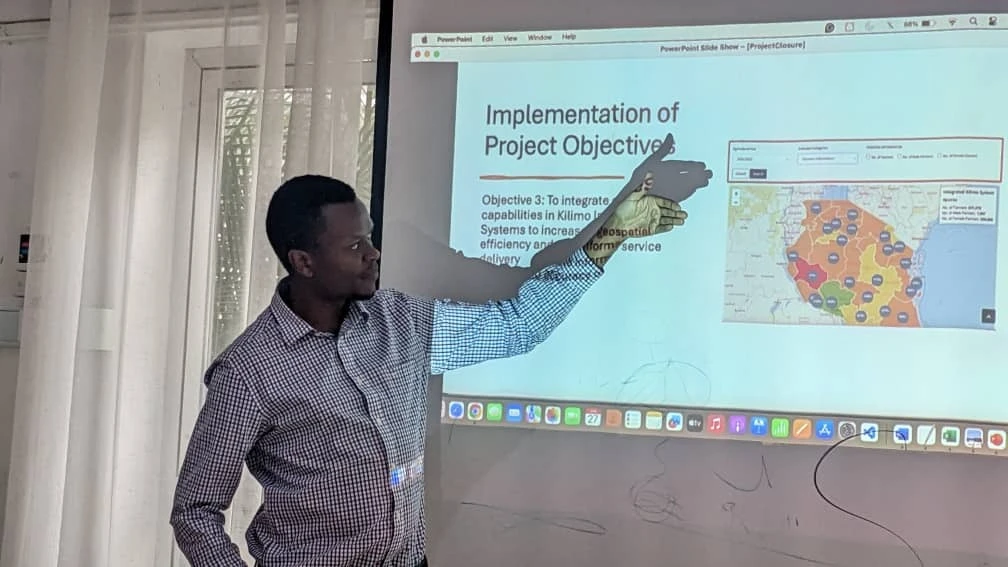
THE Food and Agriculture Organization (FAO) has handed over two special agro-systems to the government in a move meant to strengthen farmers’ access to information and related services to boost productivity.
Dubbed ‘Farmer Registration System and Agricultural Information System’ designed under FAO’s Hand-in-Hand (HIH) initiative is expected to address several key challenges that have long impeded agriculture development.
The system will specifically help in tackling duplicate services which is one of the major issues faced by Tanzanian farmers due to proliferation of multiple digital agricultural extension services offering conflicting information. The confusion has often left farmers unsure about the best practices and inputs for their crops.
Speaking during the handover event held in Arusha at the weekend, Vailet Kazimoto, Head of Information and Communication Technology (ICT) at the Ministry of Agriculture, emphasized the system’s role in complementing the government’s ongoing digitalization efforts in agriculture.
She said the new integrated systems will streamline services, ensuring that farmers receive consistent, accurate and reliable information, something which is expected to greatly enhance efficiency and effectiveness of agricultural advice, leading to better farming outcomes.
“Considering that we are moving from traditional agriculture to digital agriculture, this system will help create a solid foundation for serving our farmers in a digitalized manner, ultimately boosting production,” she stated.
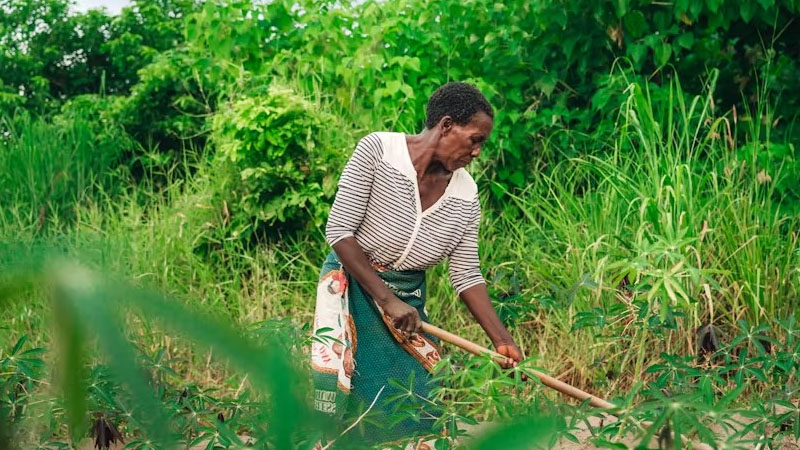
Moreover, continual monitoring and evaluation will be necessary to identify areas for improvement and to scale up successful practices.
Mponda Malozo, HIH Manager at FAO, expressed gratitude to the government for its decision to digitalize agriculture and for choosing FAO as a collaborative partner in the initiative.
“We have witnessed the government’s willingness and we are very pleased to be part of this journey. Our aim is to support digital agricultural transformation to enhance production and improve lives of people in Tanzania,” he said.
He said the handover of the systems represents a significant leap forward for Tanzanian agriculture, embodying the promise of technology to solve complex problems and drive development.
“With the new agricultural information system, data will now be readily available, improving logistical planning and execution. This is particularly important for ensuring that produce can be transported efficiently from farms to markets, reducing post-harvest losses and improving farmers’ incomes,” he said.
He said enhancing farmer profiles which is a crucial aspect of the digital transformation is the enhancement of farmer registration system.
“Keeping this system updated with seasonal cultivation plans and needs is essential for informed decision-making and planning. The upgraded agricultural dashboard, incorporating geographical information system visual maps, will allow for real-time monitoring and analysis of agricultural data. This will enable the government and other stakeholders to respond promptly to emerging issues, plan better and implement targeted interventions,” he said.
“This transformation is not just about increasing productivity; it’s about creating a sustainable agriculture sector that can adapt to the changing climate, meet nutritional needs of the population and contribute to economic growth.”
Top Headlines
© 2024 IPPMEDIA.COM. ALL RIGHTS RESERVED






